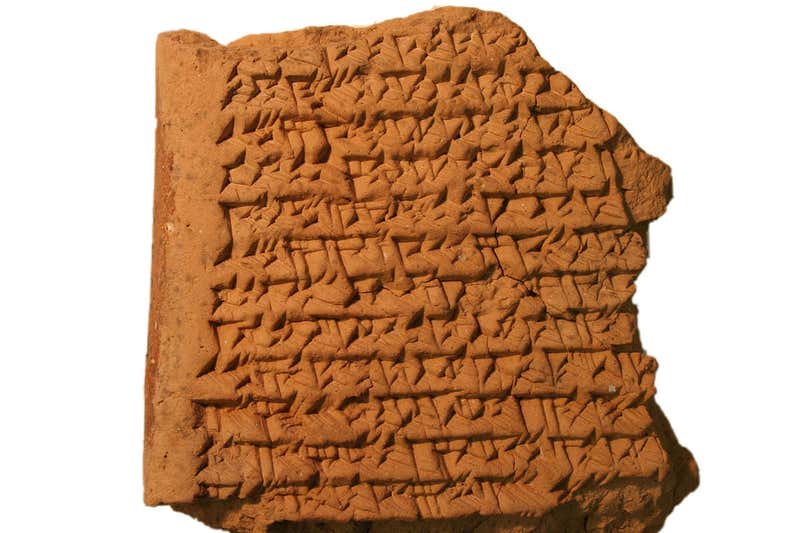Ancient maps of Jupiter’s path show Babylonians’ advanced maths
Analysis of an ancient codebreaking tablet has revealed that Babylonian astronomers had calculated the movements of Jupiter using an early form of geometric calculus some 1,400 years before we thought the technique was invented by the Europeans.
This means that these ancient Mesopotamian astronomers had not only figured out how to predict Jupiter’s paths more than 1,000 years before the first telescopes existed, but they were using mathematical techniques that would form the foundations of modern calculus as we now know it.
“This shows just how highly developed this ancient culture was,” historian Matthieu Ossendrijver from Humboldt University in Germany told Maddie Stone at Gizmodo. “I don’t think anybody expected something like this would be discovered in a Babylonian text.”
The key to figuring this out was a single, 50-year-old photograph of an astronomical tablet, which Ossendrijver used to decode the meaning of a strange trapezoid that had been carved into the stone more than 2,000 years ago.
For decades, researchers had been confounded by four Babylonian tablets held by London’s British Museum that all cite this trapezoid shape in the text referring to Jupiter’s movements across the sky. While we have plenty of archaeological evidence that basic geometry was often used in Babylonian mathematics, until now, we’ve only seen signs of them using arithmetic.

So why would they be referring to geometrical calculations based on the long and short sides of a trapezoid? Without the codebreaking tablet in the photograph above, it just didn’t add up.
These cuneiform tablets were excavated from sites in Babylon and Uruk (now Iraq) in the 19th century and transported to the British Museum. Ossendrijver has known the contents of the four tablets like the back of his hand for decades, but until encountering this photograph, he’d never seen the fifth.
“When I found this tablet last year, I immediately thought of these other tablets that I knew about, a few of which I translated myself,” Ossendrijver told Joshua Sokol at New Scientist. “But I never understood them.”
Essentially, this tablet held the key to understanding how the Babylonians used the trapezoid shape to predict Jupiter’s position, which was integral to their beliefs about the weather, the price of goods, and the fluctuating river levels throughout the year.
“The now-decoded ‘text A’ describes a procedure for calculating Jupiter’s displacement across the ecliptic plane, the path that the Sun appears to trace through the stars, over the course of a year,” says Maddie Stone at Gizmodo.
“According to the text, the Babylonians did so by tracking Jupiter’s speed as a function of time and determining the area under a time-velocity curve.”
Pretty impressive, right?
And what’s fascinating is French and British scholars had been using the same technique during the 14th century – using trapezoids to calculate measurements of velocity and displacement – and everyone had assumed it originated with them.
“In 1350, mathematicians understood that if you compute the area under this curve, you get the distance travelled,” Ossendrijver told Gizmodo. “That’s quite an abstract insight about the connection between time and motion. What is shown by [these texts] is that this insight came about in Babylonia.”
His findings have been published in Science.





